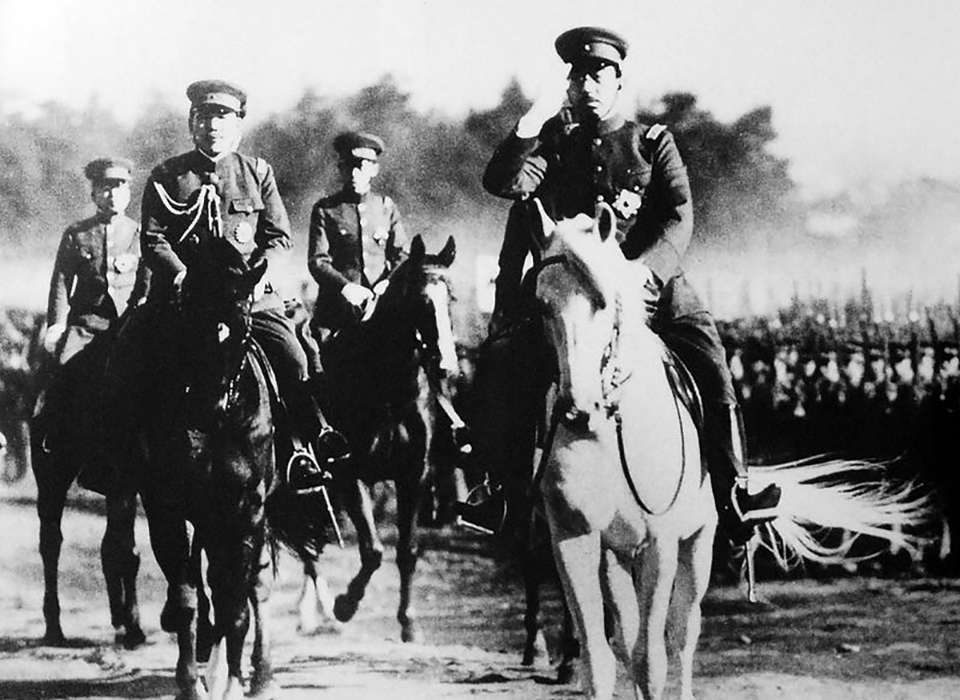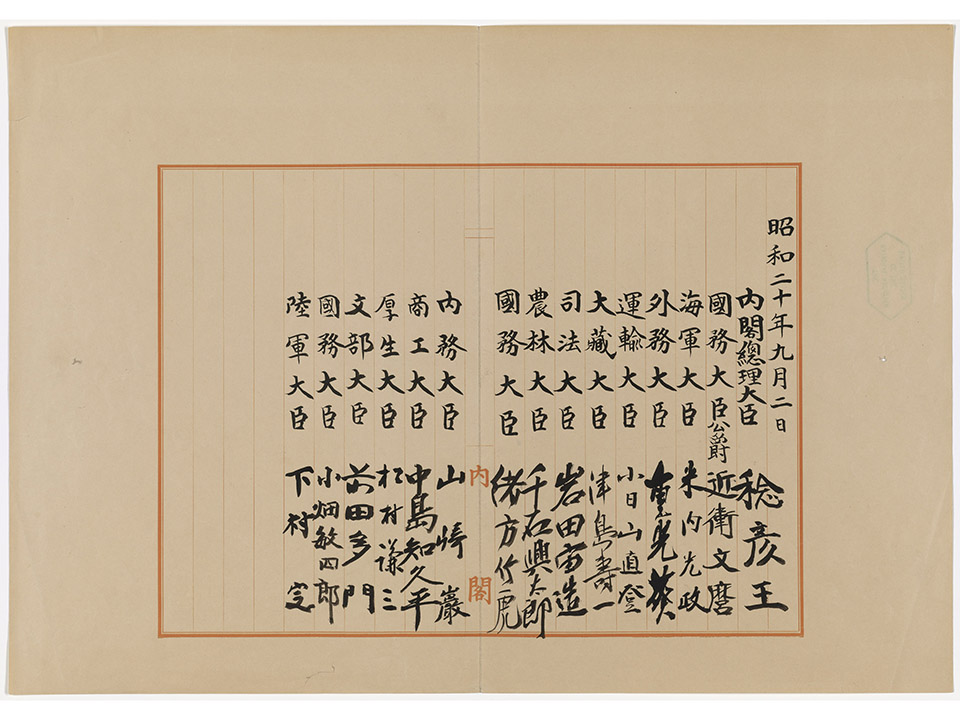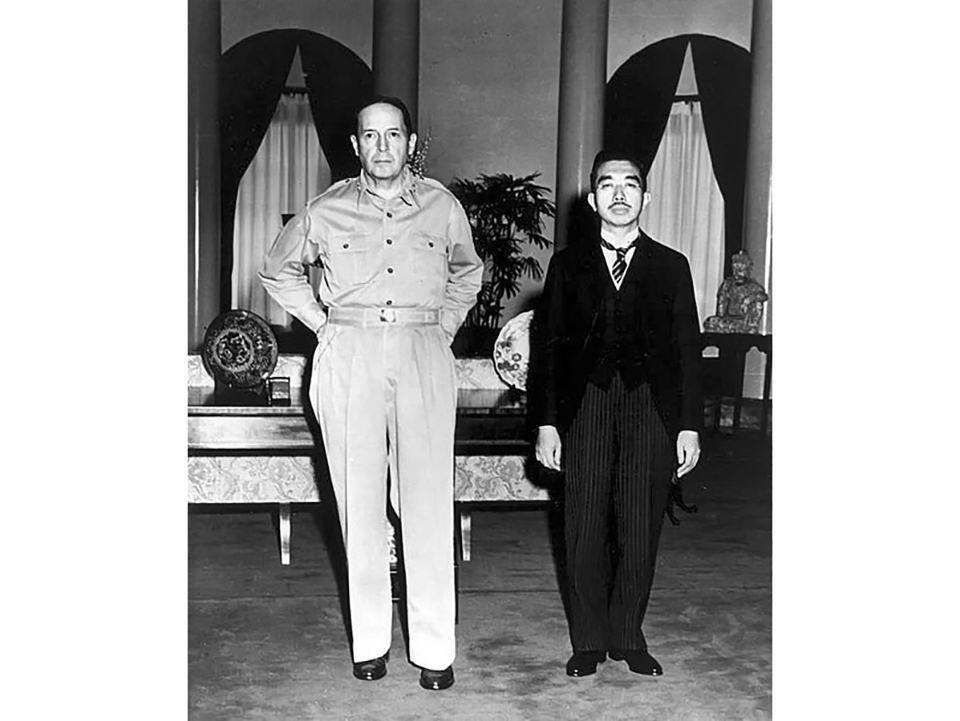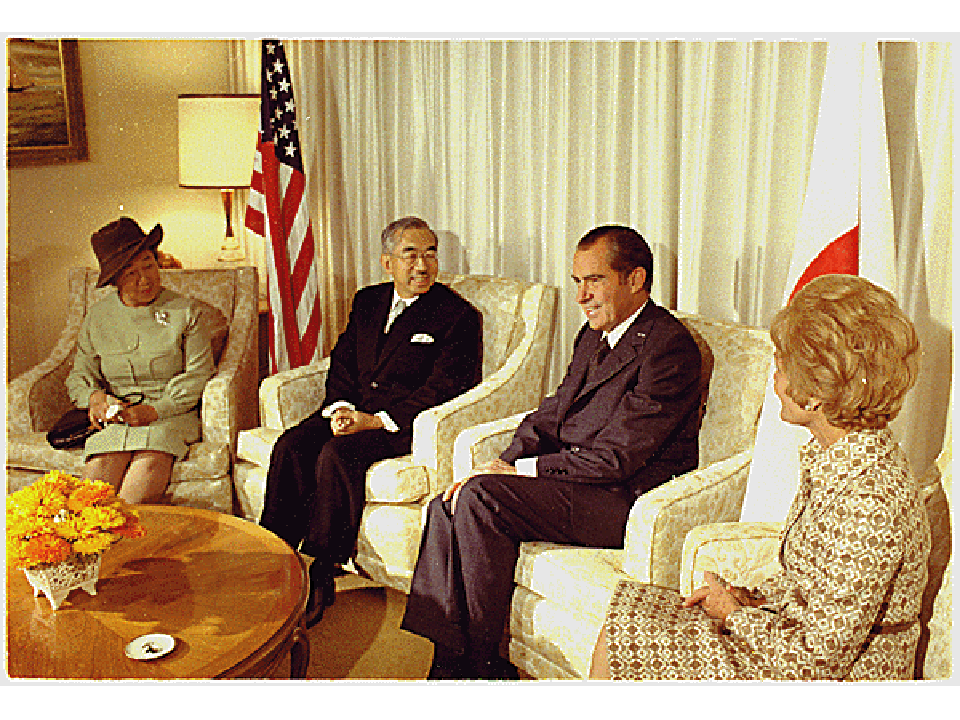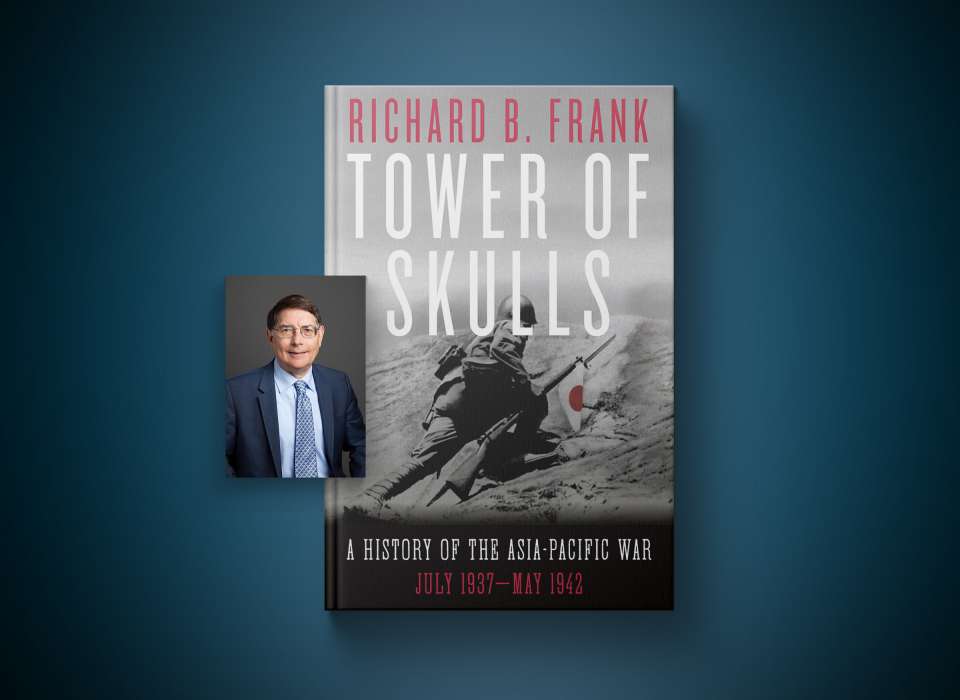Top Image: Emperor Hirohito inspects Japanese troops, 1938. Courtesy of Asahi Shimbun.
One line of argument about Japan’s surrender maintains the crucial step was a US pledge that Emperor Hirohito could remain on the throne. This superficially seems plausible because in the end, the United States did permit Hirohito to remain on the throne. But there was no such US pledge, and the reason he remained on the throne stemmed from entirely different and later considerations.
Top US officials sharply divided on Hirohito’s fate. The “retentionists” insisted that promising Hirohito’s continued status as emperor was both essential to obtain the surrender of Japan and to secure the compliance with that surrender by Japan’s armed forces. He could further stabilize postwar Japan and legitimize Japanese officials working with the United States. They also warned that deposing the emperor might embitter the Japanese public and open the way later to a revanchist regime. The “abolitionists” insisted that Japan’s militarism and warrior system could not be sundered from the imperial system. Failure to extirpate the imperial system would lead to regrowth of a radical political culture bent on renewed conquest. Memories of recent German history in this regard were all too pointed.
Meanwhile, Japanese propaganda shrieked at the Japanese people that the American war aim of “unconditional surrender” sought not only the extinction of Japan but also the extermination of its people. To counter this propaganda and hopefully to mobilize leadership elements pushing for peace, the United States, Great Britain, and China issued the Potsdam Declaration. The only promise pertinent to the emperor was the pledge that after occupation and satisfactory demonstration that Japan was peaceful, the Japanese people would be free to choose their own form of government. This clearly allowed the Japanese people to retain the imperial institution if they so choose.
The initial Japanese genuine peace offer on August 10 purported to accept the Potsdam Declaration, but contained a demand that it must be understood that the “declaration does not comprise any demand which prejudices the prerogatives of His Majesty as Sovereign Ruler.” US State Department officials sounded the alarm that these seemingly innocuous words really meant that Japan demanded the United States recognize the emperor as supreme over the occupation commander. He would thus be empowered to block any occupation reform. This clearly was wholly unacceptable. It also illuminates how mistaken were later claims that Japan was only asking for retention of a figurehead emperor. The US response to this ploy explicitly stated that the emperor would be subordinate to the occupation commander. No further promise was tendered on the ultimate status of Hirohito.
Two events early in the occupation demolish any claim the United States recognized any obligation to retain Hirohito as emperor. Japanese officials examined the Potsdam Declaration and presented to General Douglas MacArthur’s occupation command their argument that Japan’s surrender was contractual and conditional. In the words of historian John Dower, “they were crisply informed their capitulation was and always had been unconditional.” MacArthur was under orders not to do anything to the emperor without Washington’s approval, and to exercise his authority through Japanese officials “including the emperor to the extent that this satisfactorily furthers United States objectives.” This order reflected the pragmatic facts that the United States lacked a cadre of administrators with language and technical skills to govern Japan directly. Further, the US public’s demand to “bring the boys home” swiftly reduced the strength of the occupation forces, precluding enforcing reforms at bayonet point.
As Dower further explains, official US policy as to whether to “reform the imperial institution or abolish it completely,” was undetermined, and hence Hirohito’s position “remained unresolved through the end of 1945.” Then Washington formally queried MacArthur about the emperor’s disposition, including his possible trial as a war criminal. Manifestly, had Washington believed it was constrained by any pledge to retain Hirohito on the throne, there would have been no basis to send such a message. Hirohito, incidentally, was not oblivious to the real possibility he might face war crimes, or at least be required to provide testimony. He carefully prepared a statement for these eventualities that would only be released after his death in 1989.
MacArthur’s reply on January 25, 1946, contained a whitewash of Hirohito’s war role supposedly based on a nonexistent investigation. This disingenuous cable really stemmed from MacArthur’s underlying plan, developed well before Japan’s surrender: he would use the emperor as a “wedge” to further US aims. The US stance would be that the militarists had betrayed the emperor and taken Japan into catastrophe. Now the emperor would step forward nobly to lead the people out of the catastrophe into peace—including implementing occupation reforms.
At the time MacArthur was preparing his formal reply on the disposition of the emperor, he also knew Japan was confronting a stupendous humanitarian crisis: the prospect of millions of famine deaths in 1946. This threatened to unleash perhaps uncontrollable civil disorder. To the extent the emperor could sanction measures to stave off famine and quell civil disorder, his retention at that point was obviously prudent. He did play a material role, but US shipments of food at MacArthur’s insistence are what prevented famine.
Emperor Hirohito and Empress Nagako meet President Richard Nixon and First Lady Pat Nixon in the White House, 1971. Courtesy National Archives.
Despite the sound reasons to retain Hirohito through at least the earliest part of the occupation, ultimately there would be a huge cost. All of Japan’s actions in the Asia Pacific War were done in the name of the emperor. The failure to hold Hirohito accountable in some form would distort Japan’s internal politics and as well as her relations with the many Asian nations she victimized. With perfect hindsight, US policy should have retained Hirohito initially to ensure the surrender held with no insurgency, and that the humanitarian crisis of the near miss famine was averted. Then, the emperor should have been made to abdicate and accept war responsibility.
Unfortunately, we did not get a “do over” on Hirohito.
Meet the Author
Richard B. Frank is an internationally renowned expert on the Pacific war. After graduating from the University of Missouri, he was commissioned in the US Army, in which he served for nearly four years, including a tour of duty in the Republic of Vietnam as an aero rifle platoon leader with the 101st Airborne Division.
Frank completed studies at Georgetown University Law Center in Washington, DC. Soon afterwards he began research on his first book, Guadalcanal: The Definitive Account of the Landmark Battle, which was published in 1990 and won the US Marine Corps’ General Wallace M. Greene Award.
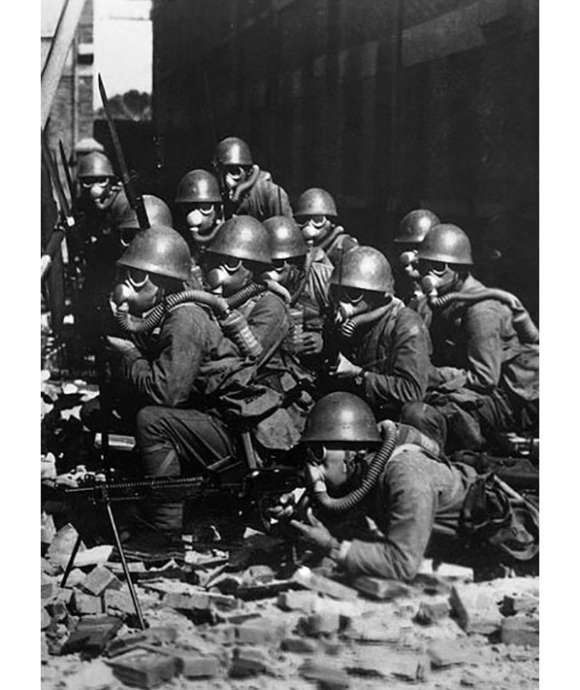
The Miraculous Deliverance From a Titanic Tragedy
The horrific casualty toll of World War II in Asia, especially China, helped determine the important decisions about how to bring it to an end.
This article is part of an ongoing series commemorating the 75th anniversary of the end of World War II made possible by Bank of America.
Cite this article:
MLA Citation:
APA Citation:
Chicago Style Citation:
